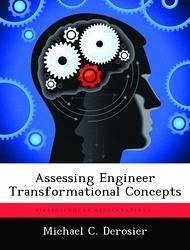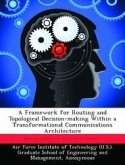The purpose of this monograph is to study past and present engineer organizations and operations to answer the question: What is the deficiency between engineering requirements of the Brigade Combat Team (BCT) in the Contemporary Operational Environment (COE) and the actual engineer capabilities embedded in the BCT? A study of past engineer organizations, beginning with the lessons of World War I, shows that engineers habitually provide embedded engineer capability within plus additional augmentation to the Army's primary unit of action; from WWI to the present this primary unit of action has been the division. Lessons learned from past and ongoing engineer operations reveal the engineer capabilities commonly required in the COE. An analysis of the BCT and its embedded engineer organization indicates a deficiency in engineer requirements versus engineer capability. To compensate for this, engineers (through the engineer force pool) continue the habitual provision of augmentation from echelons above the unit of action. The result is a low-density/low-usage doctrine for employment of engineer assets in an operating environment that demands high-usage of these same assets. This organizational concept fails to correct command and support deficiencies in the current force structure. It further degrades the training, readiness, and post-deployment recovery of engineer force pool units. The monograph recommends a balanced embedded engineer battalion in the BCT that includes combat, construction, bridging, and geospatial capabilities.
Hinweis: Dieser Artikel kann nur an eine deutsche Lieferadresse ausgeliefert werden.
Hinweis: Dieser Artikel kann nur an eine deutsche Lieferadresse ausgeliefert werden.








